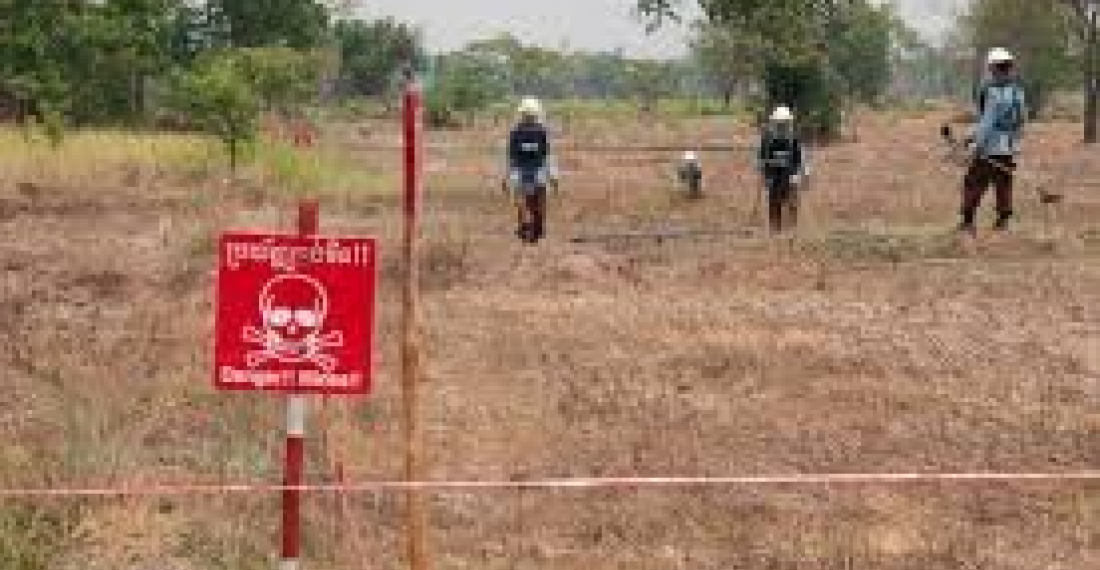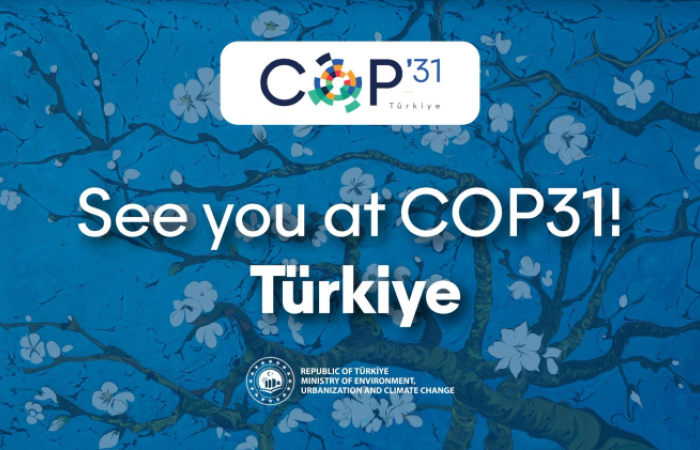Out of 47 member states of the Council of Europe only Armenia, Azerbaijan and Georgia, apart from Russia, have not signed the convention banning landmines.
Whilst there are many accounts of landmine use throughout history - and especially during the American Civil War - the emergence of common-use, explosive anti-personnel mines is often considered to be the first world war, with the spread of tens-of-millions of mines just over two decades later in the 1940s. During the second half of the 20th century, the outbreak of inter- and intra-state conflicts provided further demand for armaments, with the extensive use of anti-personnel mines, chosen for their affordable yet brutal efficiency in securing territory and preventing the mobilisation of troops.
However, in the heat of war, little consideration is given to the long-term consequences of anti-personnel mines; which following the end of conflict, continue to be just as effective at killing and maiming as they were originally intended. As put by Jody Williams in a 2013 interview, "maybe a landmine helps the military for two weeks or two hours of a battle, but then they go away and they leave them there. And then for generations - literally - people will die when there is no war. "[1] By the end of the last century, global estimates showed between 80 and 110 million landmines strewn across 64 countries [2], with reports consistently showing the vast majority of victims to be civilians, and the majority of these to be children [3].
The extraordinarily high proportion of civilian casualties was considered as one of the main reasons for the establishment of the International Campaign to Ban Landmines (ICBL). The ICBL arose in the early 90s as six NGOs came together to call for an international prohibition of the use of landmines in conflict. Jody Williams was hired to coordinate and spearhead the ICBL movement, which would grow to include over one thousand NGOs, and steadily gain the support of mass media, celebrities, world leaders, and international organisations.
In 1997, following the efforts of the ICBL and extensive back-and-forth deliberation, the 'Convention on the Prohibition of the Use, Stockpiling, Production and Transfer of Anti-Personnel Mines and on Their Destruction' was drafted and then signed in Ottawa, Canada. Shortened to the 'Anti-Personnel Mine Ban Convention' and known informally as 'The Ottawa Convention', the agreement was seen as the international community's comprehensive response to the countless humanitarian problems caused by these weapons of war.
Signed initially by 122 states, the treaty entered into force on the 1st of March 1999 with the stated purpose of "[putting] an end to the suffering and casualties caused by anti-personnel mines," and concentrating on four main aims:
Ø Universal acceptance of a ban on anti-personnel mines
Ø Destruction of stockpiled anti-personnel mines
Ø Clearance of mined areas
Ø Assistance to mine victims
The treaty obligates signatories not only to stop production and development of anti-personnel mines, but also to destroy any remaining stockpiles that they may have. It also requires parties to assist mine-affected persons within their own borders as well as to aid other participating states in meeting their treaty obligations.
In 2020, 164 states have ratified or acceded to the treaty, including all members of the European Union. Of the 63 state parties that claimed to have mined areas, 30 have now reported the completion of their clearance, with the majority of the 33 others in the process. And of the 91 parties that admitted to having stockpiles of anti-personnel mines, 88 have destroyed their stores amounting to 51.8 million destroyed mines. Whilst this success is considerable, the treaty still has a way to go with 33 countries yet to join, including the majority of the UN Security Council states - Russia, China, and the United States of America - and anti-personnel mines continue to kill innocent people on a daily basis [4].
Beyond the treaty's immediate humanitarian value, mine action also acts as a confidence-building measure between conflicting states, and as a tangible 'peace dividend' for countries coming out of conflict. Mine action in line with the Ottawa Treaty shows the value in cooperation between states, incentivising efforts towards a mutually beneficial tangible goal, undermining the zero-sum paradigm that characterises intractable conflict. Additionally, alongside the humanitarian benefits for the elimination of landmines, the long-term economic benefits are also clear. Territory even suspected of containing landmines is inaccessible to local populations, significantly impacting agricultural economies and disincentivising foreign investment.
Of the Council of Europe, only Russia and the South Caucasian countries - Armenia, Azerbaijan and Georgia - are still to join the treaty [4]. Whilst unilateral efforts to alleviate the scourge of landmines and unexploded ordinance continue across region, they can only go so far, and certain levels of cooperation are required to demine border regions, which pose a daily risk to inhabitants. According to the Landmine and Cluster Munitions Monitor, approximately 157km2 of the region remains contaminated; and reports show at least 5000 deaths since the 1990s, with the majority of victims being civilians. Considering the long-term impact of anti-personnel mines, the danger they pose to human life, and the possible economic benefits that coordinated mine action could bring, the countries of the South Caucasus have significant incentive to consider acceding to the convention.
References
[1] - Nobel Prize, "Jody Williams on the landmine situation then vs now," 3 December 2013. [Online]. Available: https://www.youtube.com/watch?v=1uyuyOokt1g. [Accessed February 2010].
[2] - J. Williams, "A Global Socioeconomic Crisis,"Social Justice, pp. 97-113, 1995.
[3] - ICBL, "Landmine Monitor 2019," International Campaign to Ban Landmines - Cluster Munition Coalition (ICBL-CMC)., Geneva, 2019.
[4] - AP Mine Ban Convention, "Facts and Figures," 15 January 2019. [Online]. Available: https://www.apminebanconvention.org/fileadmin/user_upload/Basic_Convention_facts_and_figures_15_Jan_2019.pdf. [Accessed 26 February 2020].
Source: This analysis was prepared by the research team of commonspace.eu






